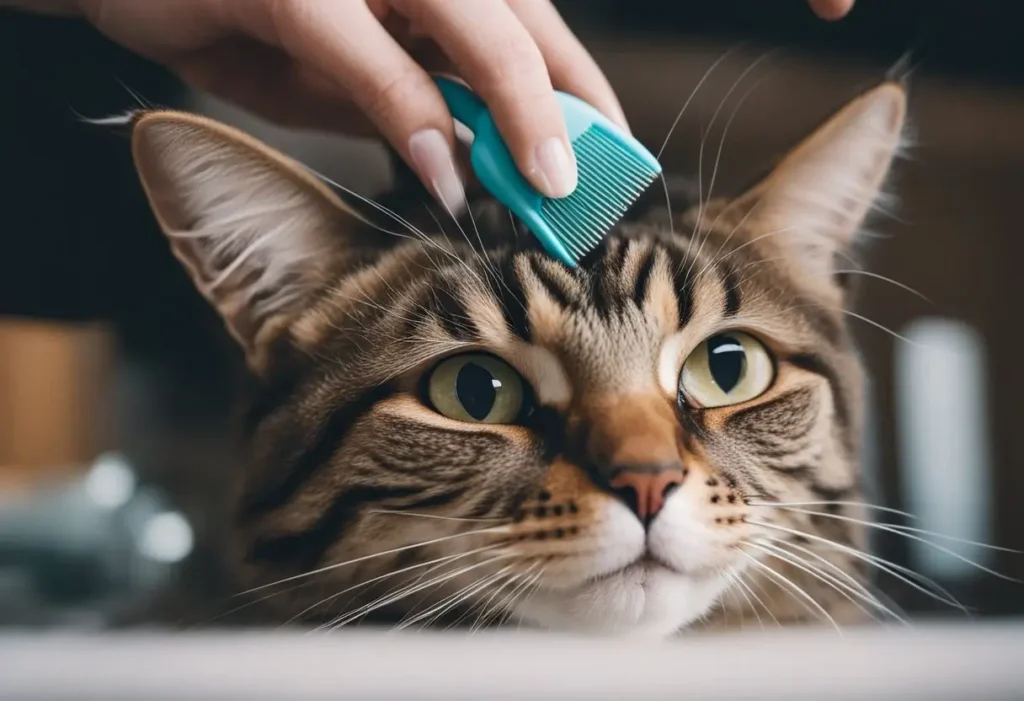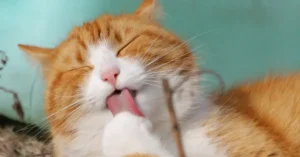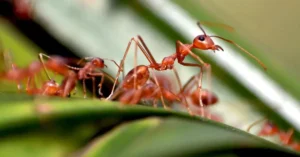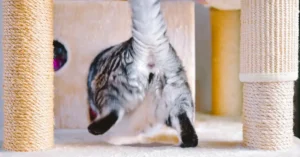Struggling with how to groom a cat that hates it? You’re not alone. Many cat owners face the challenge of grooming a fussy feline who would rather do anything but sit still for a brush or bath.
Grooming is crucial for your cat’s health and well-being, but what do you do when your cat disagrees? In this article, we provide practical tips and tricks to make grooming a more pleasant experience for both you and your cat.
From understanding your cat’s behavior to finding the right tools, we’ll guide you through the steps to achieve a successful grooming session, even with the most reluctant of cats. Let’s turn that grooming battle into a peaceful routine
Understanding Cat Behavior
Cats are known for their independent nature, and they do not like being forced into anything. How to groom a cat that hates it, you need to know there might be an underlying reason for it. Understanding your cat’s behavior is the first step in making grooming a less stressful experience for both you and your feline friend.
How to groom a cat that hates it, could be a reason that they are sensitive to touch. Some cats have a low threshold for touch, and they may become agitated or aggressive when touched in certain areas. It’s important to be aware of your cat’s sensitivity to touch and avoid touching those areas that cause discomfort.
Another reason why cats hate grooming is that they may groom themselves excessively, making them feel uncomfortable or irritated when someone else tries to groom them. In this case, it’s important to be patient and gentle, and to use positive reinforcement to encourage your cat to allow you to groom them.
Positive reinforcement is a technique that involves rewarding your cat for good behavior. This can be done by giving your cat treats or praise when they allow you to groom them. It’s important to make grooming a positive experience for your cat, so they are more willing to cooperate in the future.
If your cat is aggressive during grooming, it’s important to take a step back and try to understand why they are behaving this way. Aggressive behavior can be a sign of fear, pain, or discomfort. It’s important to address the underlying cause of the aggression and work with your cat to find a solution that works for both of you.
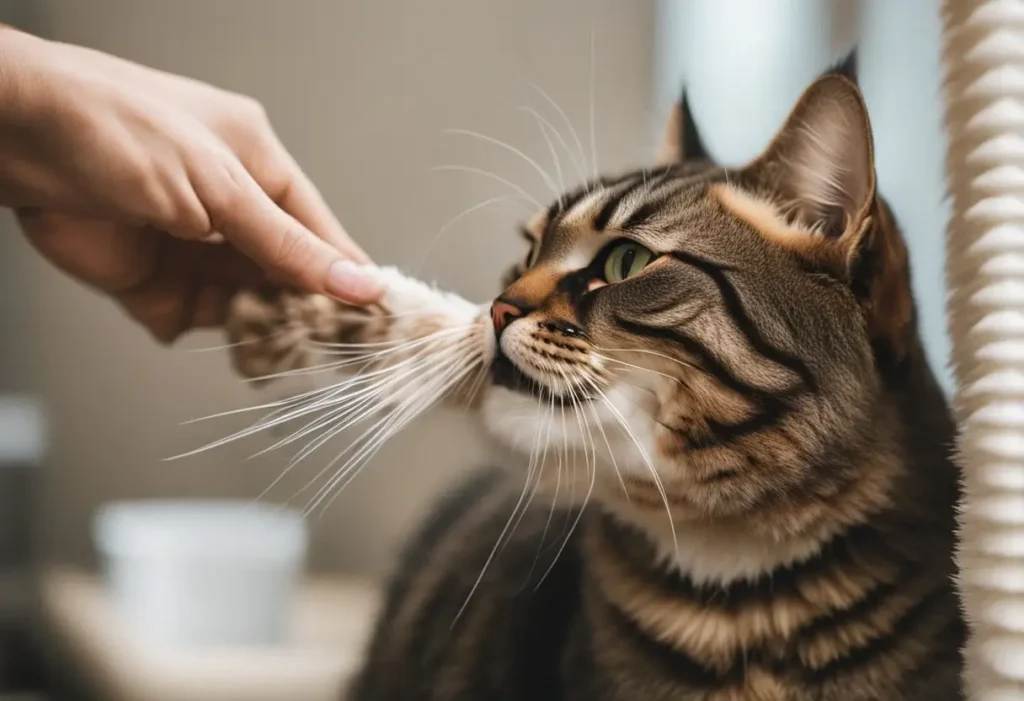
Choosing the Right Grooming Tools
So how to groom a cat that hates it, we need to choose the right grooming tools. Here are some of the essential grooming tools that we should consider:
Slicker Brush
A slicker brush is a must-have grooming tool for cats. It has fine, short wires that can remove dirt, tangles, and mats from the cat’s coat. It is ideal for cats with medium to long hair. When using a slicker brush, we should be gentle and avoid pulling the cat’s fur.
Pin Brush
A pin brush is another grooming tool that can help remove tangles and mats from a cat’s coat. It has longer, flexible pins that can penetrate deep into the cat’s fur. It is suitable for cats with long, thick hair. When using a pin brush, we should be careful not to scratch the cat’s skin.
Nail Clippers
Sharp nail clippers are essential for trimming a cat’s nails. We should choose nail clippers that are specifically designed for cats. It is important to be gentle and avoid cutting the cat quickly, which can cause bleeding and pain.
Cat Brush
A cat brush is a soft-bristled brush that can help remove loose hair and dirt from a cat’s coat. It is ideal for cats with short hair. When using a cat brush, we should be gentle and avoid pressing too hard on the cat’s skin.
Grooming Wipes
Grooming wipes are convenient for cleaning a cat’s coat and paws. They are especially useful for cats that do not like water. We should choose grooming wipes that are specifically designed for cats and avoid using wipes with harsh chemicals that can irritate the cat’s skin.
Choosing the right grooming tools is essential for grooming a cat that hates it. With the right tools, we can make the grooming process less stressful for the cat and more comfortable for us.
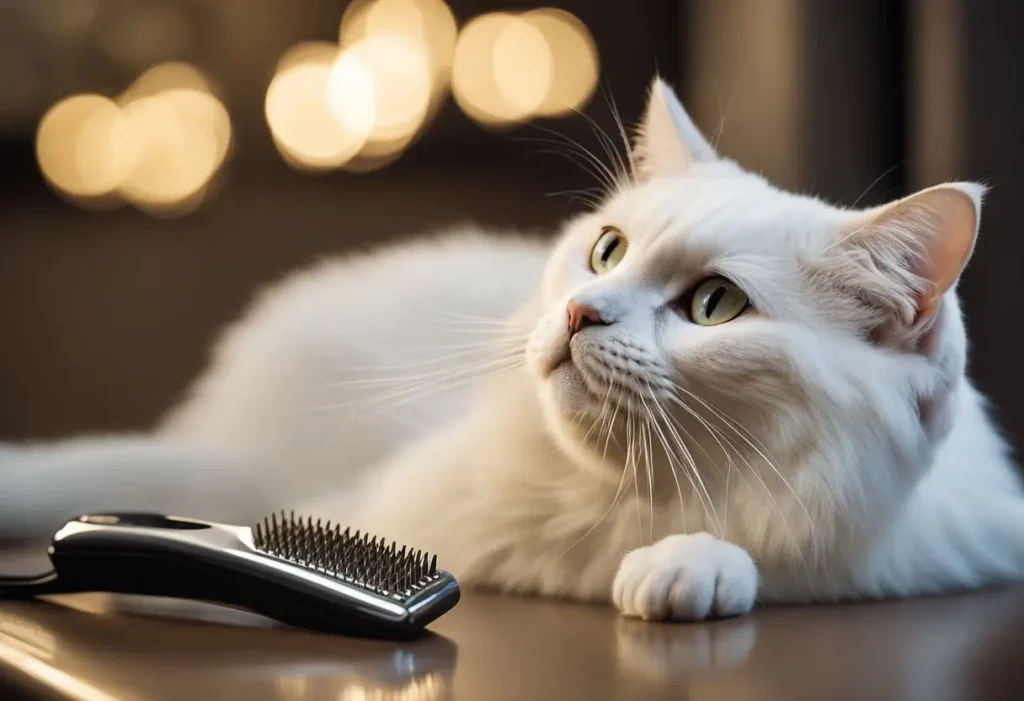
Preparing Your Cat for Grooming
For how to groom a cat that hates it, you need to know that it can be a daunting task. However, with the right approach, you can make the experience less stressful for both you and your feline friend. Here are some tips to help you prepare your cat for grooming:
Choose the Right Time
It’s important to choose the right time to groom your cat. Avoid grooming your cat when they are hungry, tired, or stressed. Instead, choose a time when your cat is relaxed and calm. You can also try grooming your cat after a play session or when they are in a good mood.
Be Gentle
On how to groom a cat that hates it, it’s important to be gentle. Start by petting your cat and talking to them in a soothing voice. This will help your cat feel more relaxed and comfortable. Use gentle strokes when brushing or combing your cat’s fur, and avoid pulling or tugging on any knots or mats.
Create a Positive Association
Creating a positive association with grooming can help your cat feel more comfortable during the process. Start by offering your cat treats or toys before, during, and after grooming sessions. This will help your cat associate grooming with positive experiences.
Restrain a Cat for Grooming
If your cat is uncooperative during grooming, you may need to restrain them. However, it’s important to do this in a gentle and humane way. Use a towel or blanket to wrap your cat snugly, leaving only their head exposed. This will help keep your cat calm and prevent them from scratching or biting.
Dealing with an Uncooperative Cat
If your cat is uncooperative during grooming, it’s important to remain calm and patient. Avoid forcing your cat to continue grooming if they become agitated or upset. Instead, take a break and try again later. You can also consider seeking professional help from a groomer or veterinarian.
By following these tips, you can help your cat feel more comfortable during grooming sessions and make the experience less stressful for both you and your furry friend.
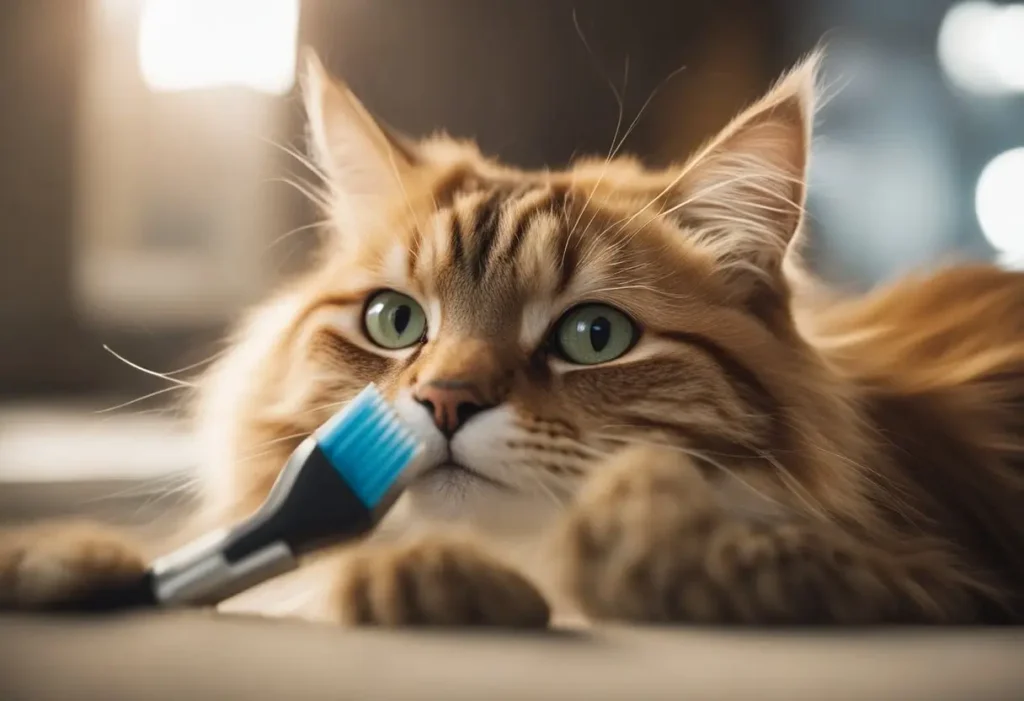
Grooming Techniques for Different Types of Cats
When it comes to grooming cats, it’s important to understand that different cats have different needs. Some cats love being groomed and will happily sit still for hours, while others may become aggressive or anxious at the mere sight of a brush. In this section, we’ll discuss some grooming techniques that are tailored to different types of cats.
Long-Haired Cats
Long-haired cats require more grooming than short-haired cats, as their fur is more prone to matting and tangling. If you have a long-haired cat, you’ll need to brush them daily to prevent matting and remove loose hair. Use a slicker brush or a comb with wide teeth to gently work through any tangles. Be sure to brush in the direction of the fur growth to avoid pulling on the skin.
Short-Haired Cats
Short-haired cats don’t require as much grooming as long-haired cats, but they still benefit from regular brushing. Brushing your cat once or twice a week will help to remove loose hair and prevent hairballs. Use a rubber brush or a grooming glove to remove any loose hair and give your cat a gentle massage at the same time.
Persians
Persian cats are known for their long, fluffy coats, which require a lot of grooming. If you have a Persian cat, you’ll need to brush them daily to prevent matting and tangling. Use a metal comb with wide teeth to gently work through any tangles. You may also want to use a detangling spray to make the process easier.
Older Cats
How to groom a cat that hates it at cat age, may become less able to groom themselves effectively. If you have an older cat, you’ll need to help them with grooming to keep their coat healthy and prevent matting. Use a soft brush or a grooming glove to gently brush your cat, and be sure to pay special attention to any areas that are prone to matting, such as the belly and the armpits.
How to groom a cat that hates it becomes even more crucial with older cats, as they may be less tolerant of the grooming process. Introduce grooming gradually, employing techniques like treats and positive reinforcement to make the experience more enjoyable for your senior feline friend.
Kittens
Kittens are generally easier to groom than adult cats, as they are still getting used to being handled and are less likely to become aggressive. Start by gently brushing your kitten with a soft brush or a grooming glove, and gradually increase the length of the grooming sessions as they become more comfortable. Be sure to use positive reinforcement, such as treats or praise, to encourage good behavior.
If you have an adult cat, the process may be a bit more challenging, especially if your cat tends to dislike grooming. How to groom a cat that hates it requires a patient approach; introduce grooming slowly, using treats and positive reinforcement to associate grooming with positive experiences
How to groom a cat that hates it, can be a challenging task, but with the right techniques and a little patience, you can help your cat look and feel their best.
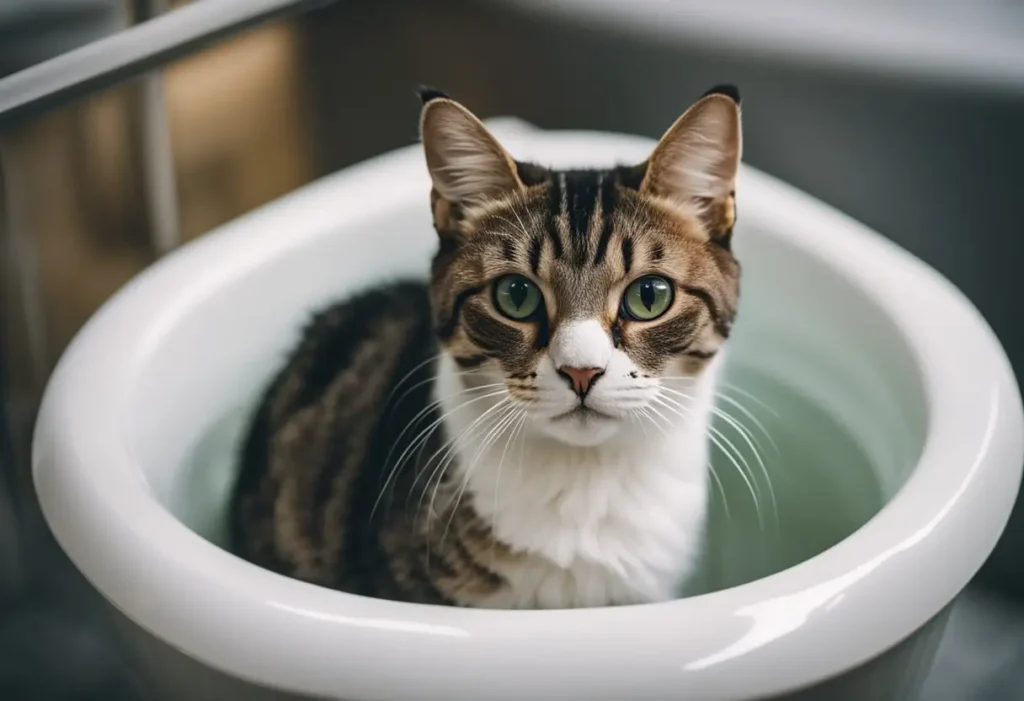
Target Areas for Grooming
When it comes to grooming a cat that hates it, it’s important to be strategic and focus on specific areas that are the most important. Here are some key target areas to focus on when grooming your feline friend:
Belly
The belly is a sensitive area for many cats, so it’s important to approach this area with caution. Use slow, gentle strokes and avoid pulling on any tangles or mats. If your cat becomes agitated or uncomfortable, take a break and come back to this area later.
Head and Neck
Cats love having their head and neck scratched, so this is a great place to start when grooming your cat. Use a soft brush or your fingers to gently massage this area, being careful not to pull on any tangles or mats.
Paws
Cats’ paws are another sensitive area, so it’s important to be gentle when grooming them. Use a soft brush to remove any dirt or debris from between the toes, and trim any excess hair if necessary.
Matted Fur
Matted fur can be uncomfortable and even painful for cats, so it’s important to address this issue as soon as possible. Use a mat comb or scissors to carefully remove any mats, being careful not to cut your cat’s skin.
Dead Fur
Removing dead fur is an important part of how to groom a cat that hates it, as it helps to prevent hairballs and keeps your cat’s coat looking healthy and shiny. Use a slicker brush or shedding tool to remove any loose fur, being careful not to pull too hard on your cat’s skin.
By focusing on these key target areas, you can make the grooming process more comfortable and enjoyable for your cat. Remember to be patient, gentle, and take breaks if necessary. With a little bit of practice and patience, you can become a pro at grooming even the most reluctant feline!
Bathing and Nail Trimming Tips
How to groom a cat that hates it, you need to know bathing and nail trimming are two essential components. Here are some tips to help make these tasks more manageable:
Bathing
Bathing a cat can be a challenging task, especially if your cat hates water. However, it is essential to keep your cat’s coat clean and reduce shedding. Here are some tips to make it easier: How to groom a cat that hates it becomes particularly relevant during bath time. Start by introducing your cat to water gradually, using shallow water and positive reinforcement. Use a cat-friendly shampoo and be sure to reward your cat with treats or praise after the bath to create a more positive association with the grooming process.
- Use a cat shampoo that is gentle and formulated specifically for cats. Human shampoos can cause skin irritation and are not safe for cats.
- Fill the sink or tub with a few inches of lukewarm water. Make sure the water is not too hot or too cold.
- Hold your cat securely and slowly wet its coat. Avoid getting water in your cat’s eyes, ears, and nose.
- Apply the shampoo and gently massage it into your cat’s coat. Rinse thoroughly to remove all the shampoo.
- Use a towel to dry your cat, and avoid using a hairdryer as it can scare your cat.
Nail Trimming
Trimming your cat’s nails is essential to prevent them from getting too long and causing discomfort. How to groom a cat that hates it can be resistant to having their nails trimmed. Here are some tips to make it easier:
- Use a pair of cat nail clippers. Do not use human nail clippers as they can cause injury to your cat’s nails.
- Hold your cat securely and gently press on its paw to expose the nail.
- Cut only the tip of the nail and avoid cutting the quick, which is the pink part of the nail that contains blood vessels and nerves.
- If your cat is resistant to having its nails clipped, try distracting it with treats or toys.
By following these tips, you can make bathing and nail trimming less stressful for your cat and yourself.
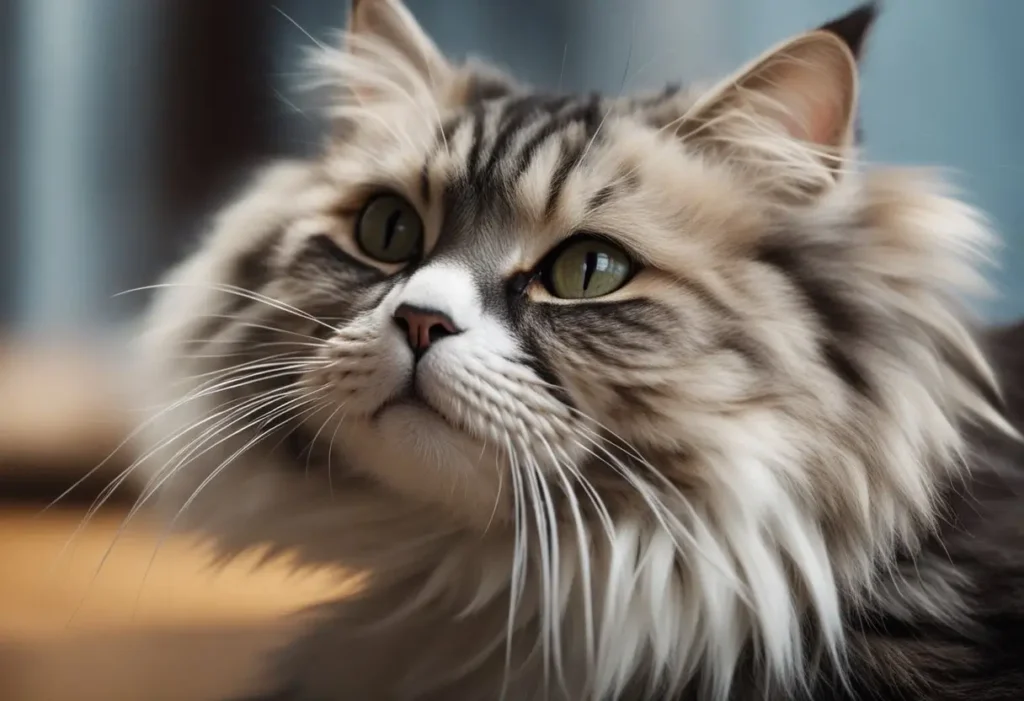
Dealing with Grooming Challenges
Grooming a cat that hates it can be a challenging task. However, with patience and the right approach, it can be done. In this section, we will cover some of the common challenges you may encounter when grooming your cat and how to deal with them.
Grooming Aggressive Cats
Some cats may become aggressive when it comes to how to groom a cat that hates it. This can be due to fear, discomfort, or pain. If your cat becomes aggressive, it’s important to stop the grooming session and try again later. You may also want to consider seeking professional help from a groomer or veterinarian who can help you groom your cat safely.
Discomfort or Pain
If your cat is experiencing discomfort or pain, they may resist grooming. It’s important to be gentle and patient when grooming your cat. If you notice any signs of discomfort or pain, such as vocalization or flinching, stop grooming and check for any underlying medical conditions. Arthritis and skin conditions can make grooming uncomfortable for your cat.
Skin Conditions
If your cat has a skin condition, such as allergies or dermatitis, it’s important to be gentle when grooming them. Use a soft brush or comb to avoid irritating their skin. You may also want to talk to your veterinarian about using a medicated shampoo or other treatments to help manage their skin condition.
Cuts or Injuries
How to groom a cat that hates it with cuts or injuries, it’s important to be gentle when grooming them. Avoid brushing or combing over the affected area, as this can be painful. You may also want to talk to your veterinarian about using a topical ointment or other treatments to help heal the wound.
Preventing Hairballs and Reducing Shedding
As cat owners, we all know the struggle of dealing with hairballs and excessive shedding. Not only can hairballs be uncomfortable for our feline friends, but they can also lead to serious health issues if left untreated. And let’s not forget about the never-ending battle against cat hair on our clothes and furniture.
How to groom a cat that hates it becomes a crucial consideration in managing shedding and preventing hairballs. Introduce grooming sessions using a gentle brush or grooming glove, and employ positive reinforcement to make the experience more tolerable for your cat.
Regular grooming can significantly reduce shedding, minimize hairballs, and contribute to a healthier and happier cat. How to groom a cat that hates it may involve starting with short grooming sessions and gradually increasing the duration as your cat becomes more comfortable.
Brushing Cats
Regular brushing is one of the most effective ways to reduce shedding and prevent hairballs. How to groom a cat that hates it can be a real challenge.
To make the process more bearable for your cat, start slow and gradually increase the time you spend brushing them. Use a soft-bristled brush and be gentle, especially around sensitive areas like the belly and tail.
You can also try using a grooming glove, which can be less intimidating for some cats. And don’t forget to reward your cat with treats and praise for their cooperation.
Reduce Shedding
In addition to brushing, there are other ways to reduce shedding. Make sure your cat is well-hydrated, as dehydration can lead to dry skin and excessive shedding. Provide fresh water in a clean bowl, and consider using a water fountain to encourage your cat to drink more.
You can also add omega-3 fatty acids to your cat’s diet, which can help keep their skin and coat healthy. Talk to your veterinarian about adding supplements or switching to a hairball control food.
Hairballs
How to groom a cat that hates it and prevent hairballs, try giving your cat a hairball control gel or treat. These products help lubricate the digestive tract, making it easier for hair to pass through.
You can also add fiber to your cat’s diet through treats and nutritional supplements or by switching to a hairball control food.
Regular grooming and a healthy diet can go a long way in preventing hairballs and reducing shedding, even if your cat hates being groomed. With patience and persistence, you can help keep your feline friend healthy and comfortable.
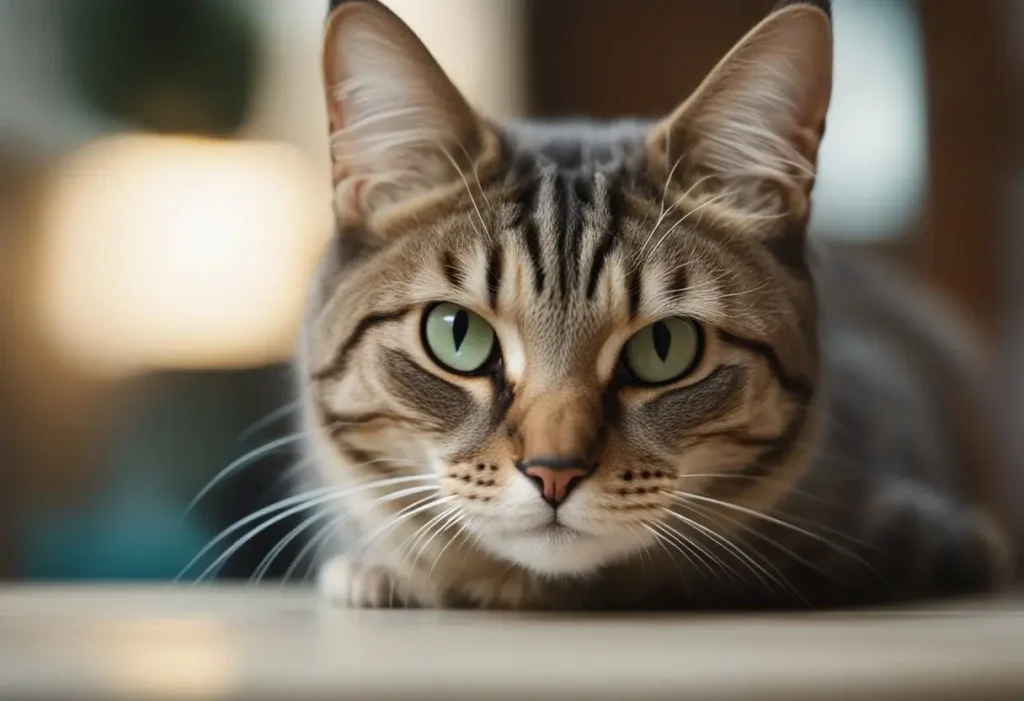
Establishing a Regular Grooming Routine
As we discussed earlier, how to groom a cat that hates it can be a challenging task. However, establishing a regular grooming routine can make the process much easier. A regular grooming routine can help your cat understand that grooming is a normal part of their life, and it can also help you identify any potential health problems early on.
When establishing a grooming routine, it’s important to be consistent. Try to groom your cat at the same time every day or every week, depending on your schedule. This will help your cat get used to the routine and make it easier for them to relax during grooming sessions.
It’s also important to be flexible with your routine. Cats are creatures of habit, but they can also be unpredictable. If your cat is particularly sensitive in certain areas, try to avoid those areas during grooming sessions. Instead, focus on other areas where your cat is more comfortable.
Sensitive areas, such as the belly, paws, and ears, can be particularly challenging to groom. This means with patience and practice, you can groom these areas without causing too much stress for your cat. Use a gentle touch and provide plenty of treats to keep your cat calm and relaxed.
In addition to establishing a regular grooming routine, it’s important to use the right tools and products. Use a brush that is appropriate for your cat’s coat type, and choose a shampoo that is specifically designed for cats. This will help keep your cat’s skin and coat healthy and prevent any irritation or discomfort during grooming sessions.
By establishing a regular grooming routine and using the right tools and products, you can make grooming a cat that hates it a more manageable and stress-free experience for both you and your furry friend.
Our thoughts about how to groom a cat that hates it
How to groom a cat that hates it isn’t an easy task, but it is essential to keep your feline friend healthy and happy. As pet owners, we understand that cats can be finicky and may not always cooperate during grooming sessions. However, with patience, practice, and the right approach, grooming can become a stress-free experience for both you and your cat.
One of the most critical steps in how to groom a cat that hates it is to create a calm and relaxed environment. You can achieve this by timing your grooming sessions when your cat is most relaxed, such as after a meal or a nap. Additionally, you can use calming scents or pheromone sprays to create a soothing atmosphere.
Another essential aspect of how to groom a cat that hates it is to introduce the grooming tools gradually. Let your cat sniff and explore the tools on their own terms before you start using them. This will help your cat feel more comfortable and less anxious during the grooming session.
During grooming, it is crucial to be gentle and patient. Use slow and deliberate movements, and provide plenty of treats and positive reinforcement to encourage your cat to cooperate. If your cat becomes agitated or stressed, take a break and try again later.
With how to groom a cat that hates it you need to have patience, practice, and a calm and relaxed environment. By introducing grooming tools gradually, being gentle and patient, and providing positive reinforcement, you can make grooming a stress-free and enjoyable experience for both you and your feline friend.
FAQ About How To Groom A Cat That Hates It
Here are some frequently asked questions about grooming a cat that hates it:
How do you groom a cat that hates grooming?
Grooming a cat that hates it can be a challenge, but there are some things you can do to make the process easier. First, start by getting the right grooming tools, such as a good-quality comb, a slicker brush, and a mat rake. You may also want to get a pair of thinning shears to help with the coat. Brush your cat outside of grooming time to help it get used to the process. When it’s time to groom your cat, start by letting it relax. Give the kitty a short playtime and let its energy tone down. After a few minutes of rest, you can start grooming the cat. Go slow and provide many treats to encourage the cat to cooperate.
How do you groom a cat who doesn’t like being touched?
If your cat doesn’t like being touched, it’s important to start slowly and be gentle. Try letting your cat sniff and rub her face against the brush in her own time. This will help her get used to the equipment slowly. When you’re ready to start grooming, start with short sessions and gradually increase the time. Be sure to give your cat plenty of treats and praise for good behavior.
How do I calm down my cat for grooming?
To calm down your cat for grooming, it’s important to create a calm environment. Find a quiet room where you can groom your cat without any distractions. Play calming music or use a pheromone spray to help relax your cat. You can also try using a calming collar to help your cat feel more relaxed. Be sure to give your cat plenty of treats and praise for good behavior.
You may also need a name for your new feline friend. Our article about the best 1000 cat names might be interesting for you.
If you are interested in cat breeds you could read our article about long hair cat breeds.
What are your thoughts about how to groom a cat that hates it? Let us know in the comments!

